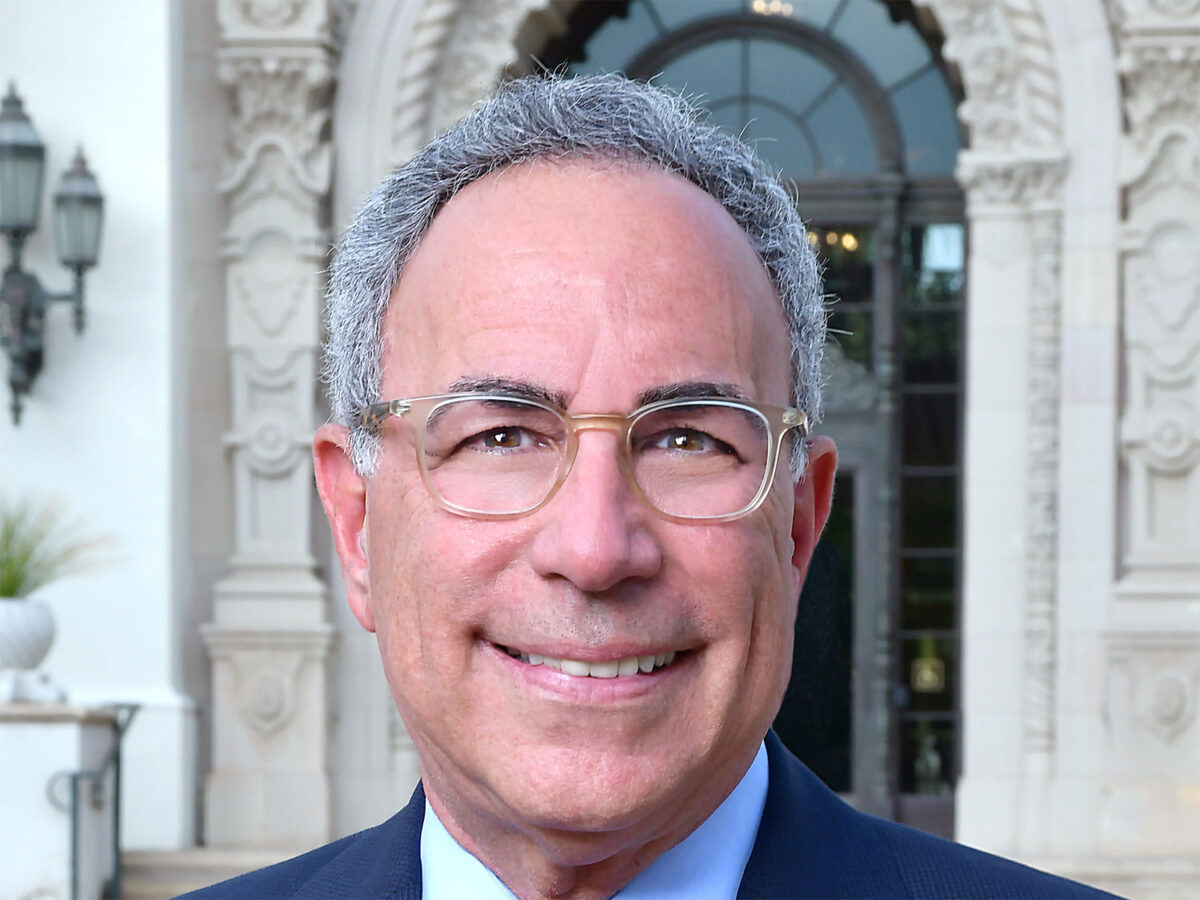The Beverly Hills Cultural Heritage Commission selected the six cultural or historic landmarks to award the Golden Shield Award, choosing from a field of 12. The April 14 meeting saw the commissioners grapple with the purpose of the recently established award and the merits of the 12 nominees.
The Golden Shield Award program began in 2019 to recognize important cultural institutions and icons in the city. Selections do not need to meet an age requirement. The award only serves a ceremonial purpose and does not bestow special rights on the recipients. Instead, it serves to highlights sites, structures, public establishments, and business that “contribute to an understanding and appreciation of the City’s unique cultural history.” Designated locations also get a shiny bronze plaque with a brief explanation of the spot’s significance.
The very first Golden Shield Award appropriately memorialized the Doña Maria Rita Valdez de Villa Homestead, considered the first home built in Beverly Hills.
“In 1838 the Mexican Government granted a large tract of land to the Valdez’s, which Doña Maria Rita named El Rancho Rodeo de las Aguas, the Ranch of the Gathering Waters,” reads the plaque, located at the northwest corner of Alpine Drive and Sunset Boulevard where the home itself once stood.
More recently, in March, the City Council approved three recommendations from the Commission, including Nate ‘n Al’s Delicatessen, Gearys Beverly Hills boutique, and the former George and Ira Gershwin Residence.
The Commission looked at a list of 12 nominees that had been selected by the Landmark Nominations Subcommittee and the full Commission. That list included: Morocco Junction, the Beverly Theater/Fiorucci, the Brown Derby, Romanoff’s/The Daisy, Edelweiss Chocolates, Carroll and Company, Pioneer Hardware, Hunters Books, Harry Harris Shoes, Pixie Town, J. J. Newberry, and Francis-Orr Stationery. The first six made the cut.
Morocco Junction was the original train station in Beverly Hills on the Los Angeles Pacific Railroad, named after the land owned by hoteliers Hammel & Denker on the current site of Lots 12 and 13. After failing to yield commercial success in the hands of two owners, the station moved to the corner of Canon Drive and Santa Monica Boulevard and changed its name to Beverly Hills.
Like Morocco Junction, the Beverly Theater (205 North Beverly Drive) exists only in history books and archives now. It was of the first six theaters built in Beverly Hills, according to the Los Angeles Conservancy, which dates its construction to 1925. Like Grauman’s Egyptian Theater built in 1922 and Grauman’s Chinese Theater built in 1926, Architect Lewis A. Smith designed the Beverly Theater in Exotic Revival style architecture. Instead of Egyptian or Chinese influences, Smith created an Indo-Moroccan pastiche that included features like an onion dome. The edifice was altered over the years, changing from an Art Deco to a modernist aesthetic.
The theater shuttered in 1977, giving way to Fiorucci, an Italian fashion brand popular with cultural luminaries like Andy Warhol and Madonna. “Maybe I’m just too old, but that was like, well the theater closed, and they didn’t have anything to do with it, so they put Fiorucci in there,” Commissioner Josh Flagg recalled. “It was a weird store to have. It was a movie theater, but suddenly it was a clothing store.”
Fiorucci eventually went the way of the Beverly Theater and the building was demolished in 2005 to make way for the Montage Hotel.
In 1926, screenwriter Wilson Mizner gave Wilshire Boulevard one of its more eye-catching establishments with the Brown Derby. As suggested by the name, the business itself was in the shape of a brown derby hat. Quite irrespective of the name and architecture, the Brown Derby was a restaurant chain, and it became synonymous with the Golden Age of Hollywood. Jack Warner, president of Warner Bros. Studios, helped fund the venture.
Beverly Hills acquired its own Brown Derby in 1931 at 9537 Wilshire Blvd., across from the Beverly Wilshire Hotel. Although distinctly non-hat shaped in appearance, the Beverly Hills Brown Derby featured charcoal portraits of Academy Award-winning actors by artist Nicholas Volpe and had the first revolving door in the city.
“The Brown Derby was a very important part of social life in Beverly Hills during those decades–during the 30s and 40s,” Commissioner Reiss said in casting her vote for the establishment. She pointed out how the current business at that site has a mosaic hat at the top of the building as “a wink and a nod to the Derby.”
Unique among the selections, people can still go to Edelweiss at 444 North Canon Drive and purchase decadent chocolate same as they would have done when the shop first opened in 1942. Not only does Edelweiss use the same recipes, but the confectioner is one of the oldest in America to still make chocolate by hand, according to the staff report.
“We need to honor that family that’s there,” said Commissioner Reiss. “It’s in its original location, it still has its original facade and has a great story about Lucille Ball coming in the back door to avoid seeing patrons.”
The famous candy conveyer belt scene from “I Love Lucy” was inspired by the shop, which invented the chocolate covered marshmallows featured in the scene.
Carroll and Company, a high-end men’s clothing retailer, was founded in 1949 by Richard Carroll, a former Warner Bros. publicist. “It was the go-to place for all the movie stars. Cary Grant and Frank Sinatra, all those people would get their clothes at the Big Carrolls–it was called Big Carrolls colloquially back then,” said Commissioner Craig Corman.
With the winners selected, the staff will do further research on each of the selections before bringing preliminary wording back to the Commission along with plaque prototypes. At that hearing, tentatively set for May 20, the Commission will vote on resolutions to send the nominees to the City Council.







